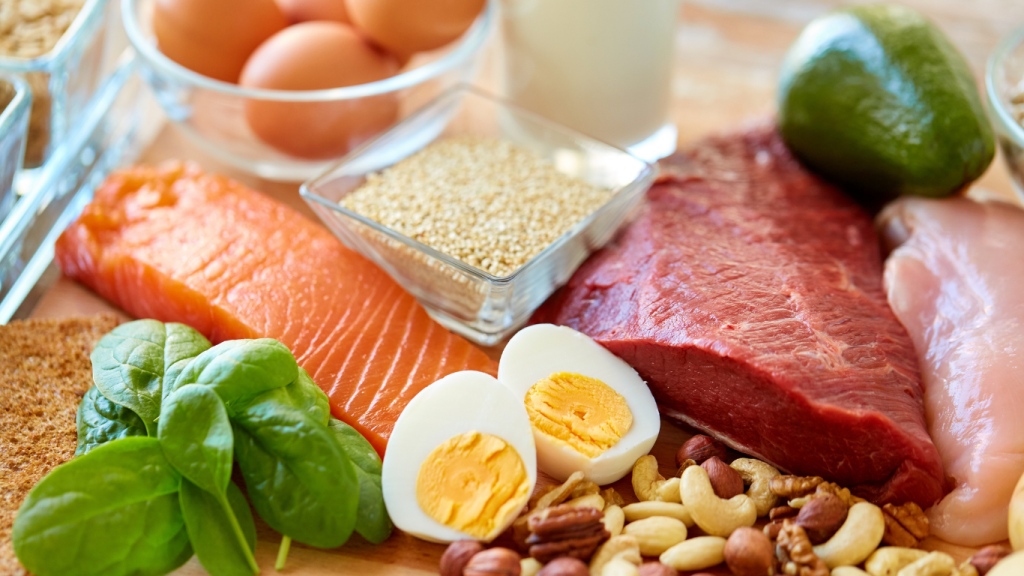Why Even Distribution of Protein is Crucial
Studies emphasize the importance of an even distribution of protein throughout the day. Consuming little to no protein at breakfast or lunch and then a protein-heavy dinner can negatively impact muscle maintenance. Research indicates that an uneven protein distribution—too low at some meals and excessively high at others—is linked to frailty, slower walking speed, and fatigue as you age.
To maintain muscle mass and reduce muscle wasting, aim for at least 30 grams of protein at each meal. Additionally, consuming 20-30 grams of protein post-workout helps lower cortisol levels and maximizes muscle protein synthesis, the process by which your body builds new muscle tissue.
Common Protein Questions Answered
Does Collagen Count Towards My Protein Goals?
Collagen, while beneficial, is not a complete protein as it lacks sufficient tryptophan, one of the nine essential amino acids. However, a 2019 study found that collagen does contribute to your total protein intake. As long as your diet includes other amino acids and bioavailable protein sources throughout the day, collagen can be counted. An effective dose ranges from 2.5 to 15 grams daily, but avoid using it as your post-workout protein powder due to its incomplete nature.
Do Protein Needs Change with Chronic Illness?
Yes, protein needs increase if you have a chronic illness. Conditions such as chronic disease, inflammation, and post-surgery recovery elevate your protein requirements. Chronic cortisol production from ongoing health issues reduces protein synthesis, making your body less efficient at building and repairing tissue. Supporting your body during these times is simple: increase your protein intake.
Research also shows that women who consume more protein experience less inflammation and oxidative stress as they age. For more details, check out my Instagram post here.
What’s a Good Daily Protein Target for Women 40+?
Protein needs rise around age 35 due to a decline in muscle protein synthesis, even though metabolism doesn’t slow down significantly. To maintain muscle, women aged 40+ should aim for 1.8-2.2 grams of protein per kilogram of body weight. The higher end of this range is particularly beneficial for those who work out regularly.
Does Protein Powder Count Towards My Protein Goals?
Absolutely! Protein powders are just protein in a convenient powdered form. When consumed, your body breaks down the protein into amino acids for use. Stick with bioavailable sources, such as grass-fed beef isolate or whey, for optimal results.
Should I Take Amino Acids?
In short, yes. Essential amino acids are crucial, especially if you’re 35 or older. They help maintain muscle, support your metabolism, and enhance muscle growth during workouts. Incorporating amino acids into your diet is a key strategy for overall health and fitness.
Final Thoughts
Balancing your protein intake throughout the day, understanding the role of different protein sources, and adjusting your protein needs based on your health status and age can significantly impact your muscle maintenance and overall well-being. Stay informed and make dietary choices that support your long-term health goals!
Adriana


